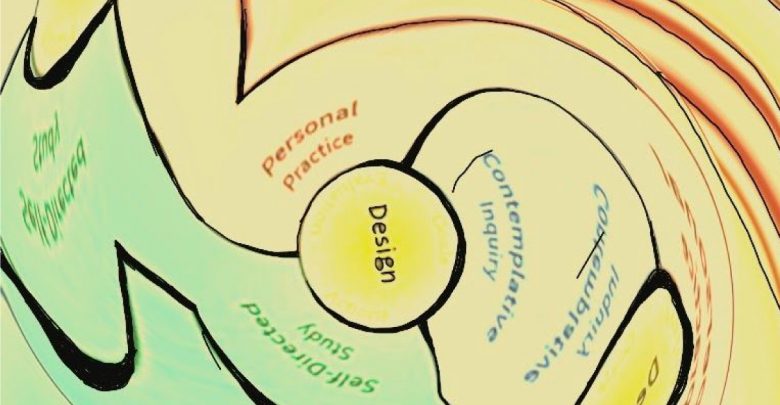Dagna Gmitrowicz
-
Why did I choose this tool? I have yet to meet a regular meditator who does not speak highly of this practice. Moreover, a growing body of research attests to the powerful and transformative effects of meditation on the human body, mind and soul. In this article, learners learn to use meditation to organize and optimize learning, thereby developing the…
Read More » -
Why did I choose this tool? Being able to keep attention focused is an important prerequisite for any learning process to take place. Nowadays staying focused is becoming increasingly more difficult. This article will help the reader understand why this is so. How does this apply to being a trainer? The ability to regulate one’s attention is a key element…
Read More » -
Why did I choose this tool? Following the idea of Kurt Lewin, there always exist driving and restraining forces. Both are important, and sometimes they bring us to a status quo, which changes again after a while. This is the paradox of constant change. This article invites the readers to dive into the restraining forces of their own learning. How…
Read More » -
Why did I choose this tool? In today’s world, the overabundance of choice is something that ails us all. Decision making is a time consuming and cognitively demanding process. It is good for any learner to be familiar with tools and strategies for making life easier in this respect. How does this apply to being a trainer? Trainers will become…
Read More » -
Why? The importance of drawing (both formal drafting and informal sketching) during the process of mechanical design is super important, according to DAVID G. ULLMAN, STEPHEN WOOD and DAVID CRAIG in their study THE IMPORTANCE OF DRAWING IN THE MECHANICAL DESIGN PROCESS. It supports creativity and allows you to discover new connections and understandings. Drawing is a way to reach…
Read More » -
Why did I choose this tool? Entangled learning is a very good structure for one’s own development, and awareness of learning-to-learn competence. Laurel Whisler in her presentation explains: “Why? To equip people for skillful, agile learning as they attempt to address challenges of utmost importance.” How does this apply to being a trainer? This model can support a person’s own…
Read More » -
Why did I choose this tool? The term “competence” got into our everyday language of educators, trainers and youth workers. It is important to understand what “competence” means. How does this apply to a trainer? Our understanding of competence defines us as learners. The competence is strictly connected to learning-to-learn category. Content: Competency Based Education (CBE) is a visible trend…
Read More » -
Why did I choose this tool? Reflection is a natural process which happens anyway, we can’t ignore it or skip it when analyzing the competence learning to learn. The question would be: how could we reflect to maximize our personal development? How does this apply to being a trainer? Being in a field of non-formal education we are obligated to…
Read More » -
Why did I choose this tool? The labyrinth itself is a great developmental tool, from its construction, going through it, to its deconstruction. How does this apply to being a trainer? ‘Effectiveness as a learner hinges on the ability to be versatile as a learner. To have a rich view of learning and a learning orientation which is in turn…
Read More » -
Why did I choose this tool? Moving from being a tacit to being a reflective learner involves ‘learning how to learn’ competence. How does this apply to being a trainer? Learning needs to be made an object of attention, reflection, conversation and evaluation in every field of education, and predominantly in non-formal education. It is crucial for a trainer to…
Read More »









